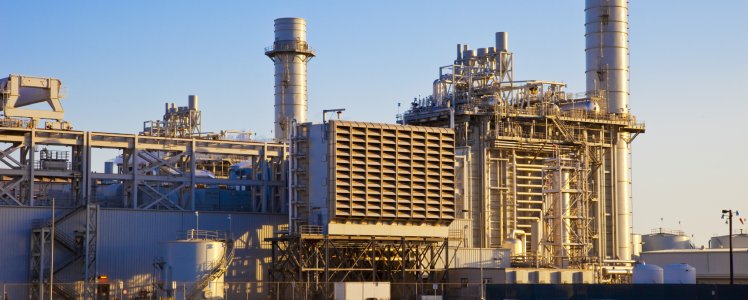
39-610 Energy Conversion & Supply
Professor Paul Salvador
paulsalvador@cmu.edu
Overview
This is the first course in the EST&P core mini-course sequence where masters students learn the basic workings of the systems that supply, distribute, and utilize energy. This class will consider fossil energy, nuclear energy, and renewable energy resources. The course will provide some basic thermodynamics and will cover both conventional and emerging energy conversion technologies. Specific technology examples may vary from semester to semester selected from such important topics as photovoltaics, fuel cells, carbon sequestration and biofuels.
Reference Texts:
“Energy Resources” by T. I. Erski, Lulu Enterprises Incorporated, 2012.
“Fundamentals of Engineering Thermodynamics, 8th Ed.,” M. J. Moran, H. N. Shapiro, D. B. Boettner, and M. B. Bailey, Wiley, 2014.
“Energy Systems Engineering, 3rd Ed.,” F. M. Vanek, L. D. Albright, and L. T. Angenent, McGraw Hill, 2016.
TOPICS COVERED (tentative weekly schedule):
- Course Introduction, Energy Units
-
Thermodynamics I: Laws, Carnot Cycle/Engine, Efficiencies
- Thermodynamics II: Enthalpy, Heat Capacities, Reactions, Entropy, T-S, Other Cycles
- Energy Systems Economics
- Comparing Efficiencies and Cost of Various Energy Suppy Options
- Global Climate Change and Carbon Sequestration,
- The Physics of Radioactivity
- The Physics of Solar Cells
- Batteries and Fuel Cells, Biomass
- Students Presentations: Oil, Gas, Coal
- Group Presentations: Geothermal, Hydroelectric, Wind
- Group Presentations: Nuclear, Photovoltaics, Concentrated Solar
- Group Presentations: Hydrogen, Wave Tidal, miscellaneous
